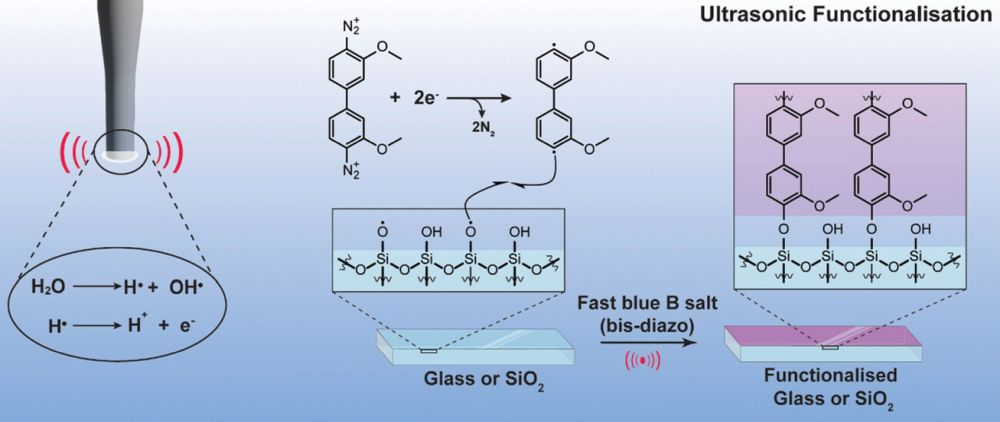
[Image above] By doping thermal barrier coatings with alumina and titania, researchers found the coatings can be made resistant to molten glass corrosion in addition to extreme heat. Credit: willy wo, Unsplash
As discussed on CTT last Friday, dust is a major problem for aerospace companies looking to conduct lunar surface missions. But it is also a concern for aircraft operated here on Earth—especially now that engines are being run at hotter and hotter temperatures.
When dust in the air is sucked into an aircraft engine, the solid particles can chip or fracture the thermal barrier coatings (TBCs), which protect the engine’s components from extreme heat in the combustion chamber. However, when the service temperature exceeds 1,150°C, these dust particles will melt and cling to the coating as molten glass.
This molten glass can lead to more severe and widespread damage than the solid particles. Over time, the molten glass will penetrate through the TBC and infiltrate the microstructure. Upon cooling, the glass will solidify, generating high stress within the TBC. This stress leads to crack initiation and propagation, which shortens the lifetime of the TBC.
To guard against this molten glass, researchers have suggested various solutions, such as laser surface modification of the TBC or adding an additional protective coating. But these methods require post processing steps, which add time and cost to the production process.
Instead, researchers have investigated ways to make the TBC itself more resistant to molten glass, such as by doping the coating with different additives. For example, yttria-stabilized zirconia (YSZ) coatings doped with alumina and titania demonstrated improved corrosion resistance in previous studies (here and here). This improvement was attributed to the additives triggering the glass to rapidly crystalize, thus stopping it from penetrating the coating.
In a recent study, researchers from Akdeniz University and Kırklareli University in Turkey explored what happened when alumina and titania were added to a ceria-stabilized YSZ coating (CYSZ).
Ceria, or cerium(IV) oxide, can be added to a TBC to decrease the mismatch between the YSZ and underlying metal layer’s coefficients of thermal expansion. This reduced mismatch leads to an increased lifespan for the coating.
Testing revealed that, as in the case of YSZ coatings, the addition of alumina and titania improved the corrosion resistance of CYSZ coatings. While alumina addition alone triggered nucleation, crystallization, and solidification of the molten glass, alumina and titania collectively were required to fully stop glass penetration.
Additionally, the researchers found that porosity of the coating was directly proportional to molten glass penetration. In other words, a decrease in coating porosity led to less molten glass entering the microstructure.
“For this reason, the coatings of gas turbine engines, which are in excessive contact with [molten glass], should be produced with less porosity to minimize the drops on thermal cycle performance,” they conclude.
The paper, published in Journal of the Korean Ceramic Society, is “Effect of molten glass on degradation of stabilized zirconia thermal barrier coatings” (DOI: 10.1007/s43207-022-00268-z).
Author
Lisa McDonald
CTT Categories
- Aeronautics & Space
- Material Innovations


